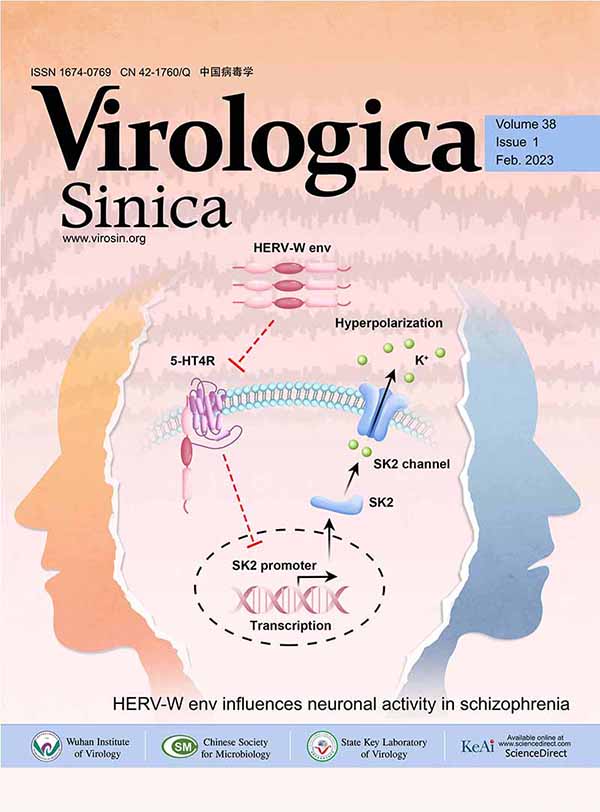Genome Sequencing and Structure Prediction of ZHZC3 Strain of Taura Syndrome Virus Isolated in China
Abstract: Eight overlapping clones covering the whole viral genome of TSV ZHZC3 isolate were amplified by RT-PCR and the 5′ and 3′ ends were amplified with RACE. The PCR products were cloned into pMD-18T vector and sequenced. The result showed that the genome of ZHZC3 consisted of 10202nt excluding the poly (A) tail, and contained two ORFS (ORFS1-2) which encoded polyproteins of 2107aa and 1011aa. No insertions or deletions were detected in the coding regions while 3nt of A were deleted at 5′ UTR when compared with HI94. The overall nucleotide sequence identity between ZHZC3 and HI94 was 97.6%. Compared with HI94 and BLZ01, the ORF1 of ZHZC3 shared 97.6% and 97.7% nucleotide sequence identity. The ORF2 shared 98.3 and 97% sequence identity at the nucleotide level. Compared with partial sequences of ORF2 from foreign isolates, both ZHZC3 and the Taiwan isolates shared higher nucleotide identity with HI94. Amino acid sequence analysis of six TSV isolates from different regions of mainland China revealed unique aa changes at 312 (S), 449 (A), 451 (Q), and 468 (H) in the highly variable region CP2 of ORF2, indicating that the isolates spread through the South-easten China most closely related to the other isolates with it’s own evolutionary character.













 DownLoad:
DownLoad: